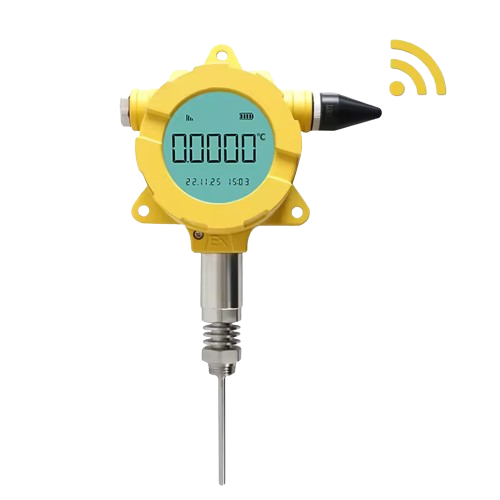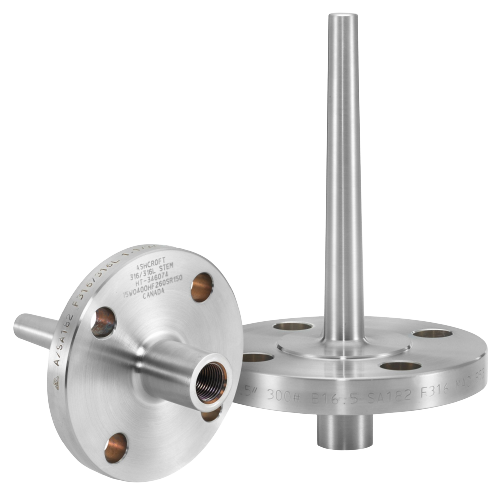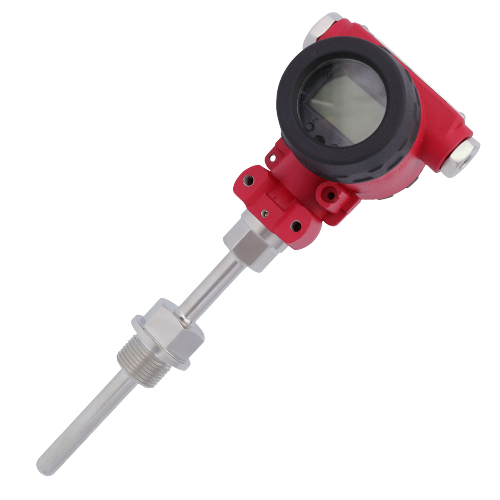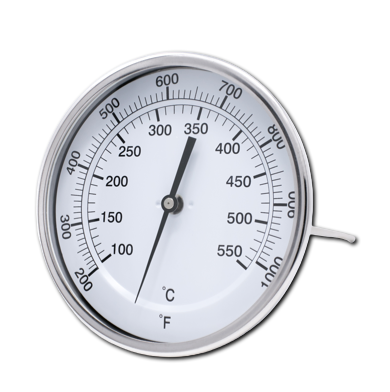Temperature measurement products provide innovative solutions for your most challenging applications. In addition, temperature measurement is a critical process in many industries, from manufacturing to healthcare. It involves quantifying the degree of hotness or coldness of an object or environment. Finally, the most common units of temperature are Celsius (°C), Fahrenheit (°F), and Kelvin (K).
In conclusion, temperature measurement is a complex field with a variety of tools and techniques. Moreover, whether you’re using a simple analog temperature gauge or a sophisticated wireless sensor network, understanding the principles of temperature measurement and the tools available can help you make more accurate and reliable measurements. Finally, remember, the right tool for the job depends on the specific requirements of your application, including the temperature range, accuracy, environmental conditions, and cost.

Wireless Temperature Sensors
Wireless Temperature Sensors are devices that record temperature data and transmit it to a data receiver wirelessly. Also, they are often used in environments where wiring is impractical or impossible. In addition, these sensors are battery-powered and can transmit data over large distances, making them ideal for remote monitoring applications. Finally, they can be used in a variety of industries, including agriculture, healthcare, and manufacturing.

Thermowells
Thermowells are tubular fittings used to protect temperature sensors installed in industrial processes. A thermowell consists of a tube closed at one end and mounted in the process stream. A temperature sensor such as a thermometer, thermocouple, or resistance temperature detector (RTD) is inserted in the open end of the tube, which is usually in the open air outside the process piping or vessel and any thermal insulation. Finally, thermowells shield the sensor from pressure, flow-induced forces, and chemical effects of the process fluid.

Temperature Sensors
Analog temperature sensors are devices that produce a continuous voltage output proportional to the measured temperature. In addition, they work on the principle that the properties of some materials change proportionally with temperature. Moreover, the most common types of analog temperature sensors are Resistance Temperature Detectors (RTDs), thermistors, and thermocouples. In addition, RTDs and thermistors work on the principle that the electrical resistance of the sensor material (usually a metal or semiconductor) changes with temperature. Finally, thermocouples generate a voltage proportional to the temperature difference between two different metals.

Temperature Gauges
Temperature gauges are instruments used to measure the temperature of a medium. There are several types of temperature gauges. The most common are bimetal and gas-filled temperature gauges. Bimetal temperature gauges operate with a bimetal strip (made of two metals with different thermal expansion coefficients) that bends as it is heated, causing the gauge needle to move. Gas-filled temperature gauges operate with a gas-filled bulb connected to the gauge. As the gas in the bulb heats up, it expands, causing the gauge needle to move.
